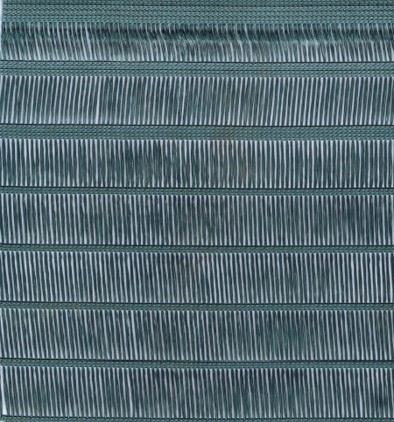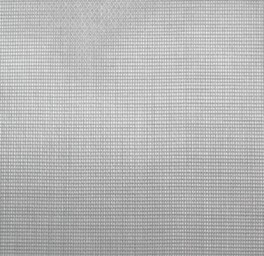Wind Fence vs Dust Fence
Wet Earth offers both Wind Fence and Dust Fence solutions as listed below. These are both quality solutions, but have significant differences that are discussed below. Please follow the links for more technical information on each solution.
Wind Fence: DSI DustTamer Wind Fence
Dust Fence: DustTexNet Dust Fence
What is a Wind Fence
A Wind Fence is designed to installed upwind of the dust source to reduce the speed of the wind to a level which significantly reduces dust lifting off the surface. This reduction in wind also makes other dust control solutions such as Fogging Systems and Stockpile Spray Systems much more effective.
A Wind Fence is simply a wall of fabric which lets a portion (typically around 10% to 25%) of the wind to pass through. Their position and height is designed to ensure that the wind is minimised across the area likely to release dust.
Wind Fences are designed as permanent installations and the material they are made from is long lasting and very strong so they are designed for all potential wind conditions.
Wind Fence material is has long strands so it does not capture dust which can cause the material to clog. This not only changes their performance as a Wind Fence, but also changes the structural requirements of the supporting structure.
What is a Dust Fence
A Dust Fence is a wall of material designed to capture dust that is blown into them. They are positioned down wind or enclosing the source of dust.
The major difference is they are made from a mesh material that is designed to capture dust.
As a they are fabric that allows a portion of the wind to pass through they also function as a wind fence which is very useful in most applications.
Wind Fence vs Dust Fence Material
The major difference between the two systems is the material. This determines how they work, how long they last and how they are installed.
Wind Fence Material
Wind Fence material has long thin filaments to prevent dust particles getting caught and clogging the material. It is made from a Polyester yarn. Polyester is a very stronger, high UV resistant material that is used for applications such as tie-down straps for truck loads. Wind Fence materials typically have a 15 year lifespan.
Wind fence materials are designed to be installed taught to prevent saging or rubbing which reduces the material lifespan. For example each length (0.9m to 1.5m wide) of DustTamer material needs to be tensioned to 250kg as it is secured to the supporting structure.

Dust Fence Material
The Dust Fence material is a mesh structure to capture the dust particles. As a result Dust Fences require cleaning. It is important to note that not all dust that gets captured by a Dust Fence needs to be cleaned out as the action of the wind does assist with self cleaning. The way Dust Fence material is installed can also determines its ability to self clean - a taught material is less likely to release dust than a loose installation that has some ability to stretch and move in the wind. It should be noted that a loose material is likely to have a shorter lifespan due to the continual stretching, contracting and rubbing.
Dust Fences are made from either woven Polypropylene or Polyethylene filament. This is not as strong or long lasting as the Polyester used for Wind Fences. As a result the Dust Fence material needs to be replaced about every 5 years.

Cleaning of the Dust Fence material is important because if allowed to clog up the fence behaves more like a solid structure. Solid Fences create turbulence due to the high pressure on the up wind side and the low pressure on the down wind side. This turbulence can cause significant amounts of dust lift off. A clogged Dust Fence also changes the requirements of the structure because more wind force is imparted on a clogged material vs unclogged.
Wind Fence vs Dust Fence Securing & Structures
The material strength difference also defines the securing and structures. Wind Fence material is very strong and can withstand wind speeds of up to 200km/hr. As a result Wind Fence securing and structures are designed as permanent installations. The material is tightened and secured directly to the structure.
Wind Fence material is self supporting (does not hang on cables) so the support structures typically need to be 5m to 8m apart.
Dust Fence material does not have this strength. Dust Fence structures are also designed as permanent installations, but the securing systems are designed to safely release the material (and allow wind to pass through) in high wind speeds to protect both the structure and material. This means that the supporting structure for Dust Fences does not need to be as strong as for Wind Fences where the design needs to account for wind speeds greater than 100km/hr. This means a Dust Fence can be more economical in high wind locations.
The securing method for Dust Fences involves running wire between the structural supports and the material is hung on the top wire and secured to the bottom and side wires using clips that release at a predefined force (ie wind speed). If the release force (wind speed) is likely to be frequently exceeded then the material will need to be frequently reattached.
The use of supporting wires allows Dust Fences to have much large spacing between the supporting structures with spacing typically 20m to 30m.
